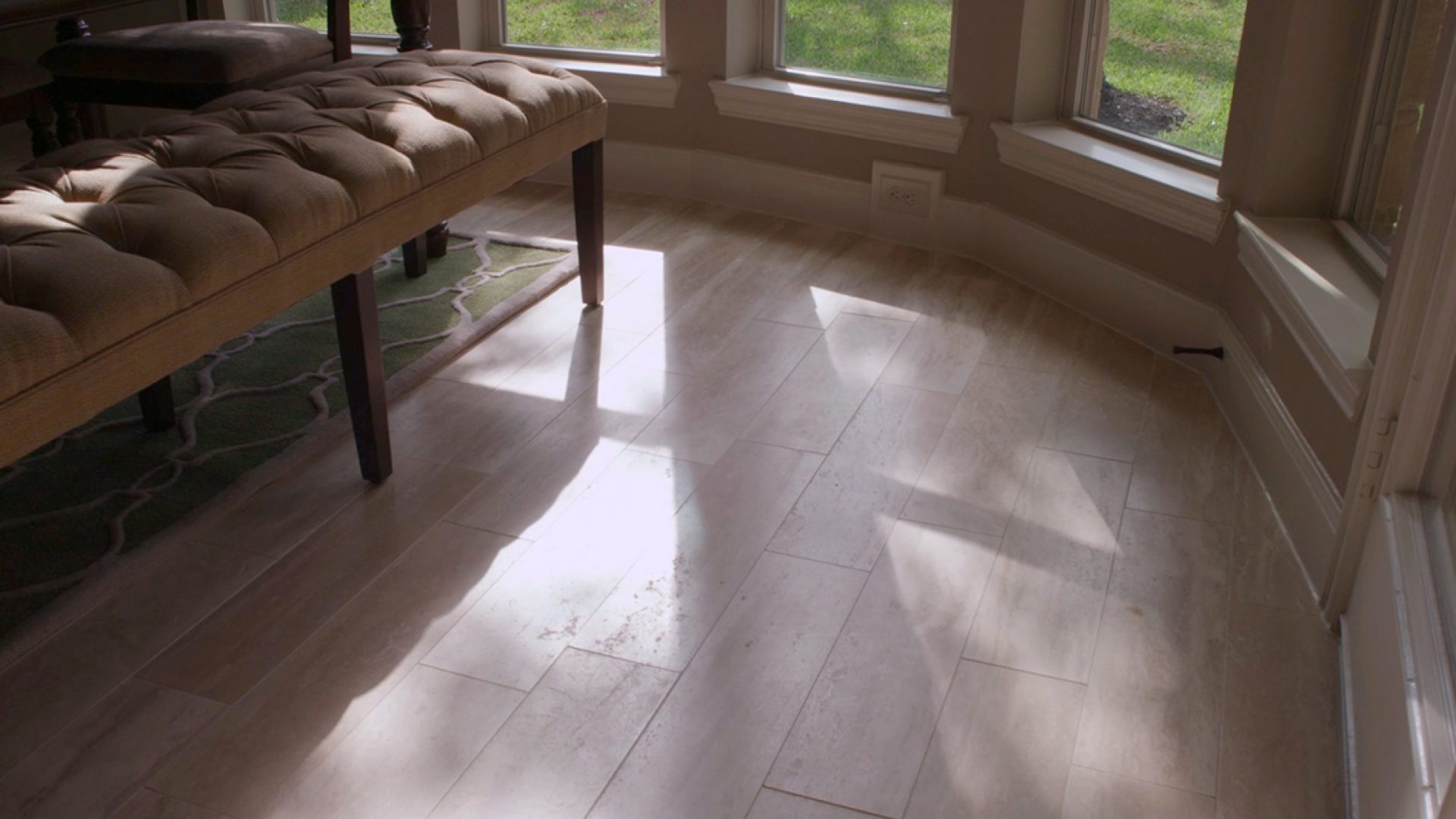When you buy a home, you should never have to compromise – especially when it comes to your family’s health. New homes can be healthier than existing homes because they may come with the latest in design, materials and technology to promote good health for your entire family. A new interview by EcoBuilding Pulse with Larry Zarker of the Building Performance Institute provides a detailed look into the advantages of a healthier home.
Humans have been building houses for millennia, but it’s only been in the past half century or so that we’ve begun to grasp how they actually function. The mysteries of heat transfer, moisture retention, and air flow – long more a matter of folklore and conjecture than of hard science – are finally yielding to empirical research.
Larry Zarker is the CEO of the Building Performance Institute (BPI), and a veteran of over 30 years in the field, 20 of those with the National Association of Home Builders Research Center. Here’s how he sees the importance of home health issues in determining the future of home building.
“Most of the country’s government and utility incentive programs for energy efficiency are focused on high utility bills – that is, on improving energy efficiency. What we’re learning from contractors, though, is that consumers are more interested in the non-energy benefits. They’re worried about drafts and rooms that they can’t bring up to temperature, or asthma, sinusitis, and dust allergies. Health and comfort issues are actually more important to people than the utility bill. Lowering the utility bill can be a benefit of doing upgrade work – and it typically is – but it’s not the primary goal.”
Zarker continues by explaining the kinds of health issues that can be found in existing homes.
“About a third of owner-occupied homes are at least 45 years old and another third are at least 25 years old, so two thirds or more of our homes predate modern energy codes. And with old houses, you end up with a lot of issues: energy efficiency, comfort, and indoor air quality. When I give presentations to builders and remodelers, I show slides of a basement that’s typical of what we see during building inspections. One photo shows fiberglass band-joist insulation that is black with mold and other material being carried in through air leaks from an adjacent crawl space. And because the air-handling equipment is five feet away, it effectively distributes the mold throughout the house. It’s sending up into the house everything that came in from that damp crawl space; that’s the air the occupants are breathing. That’s just one scenario, but we see similar things all the time.”




